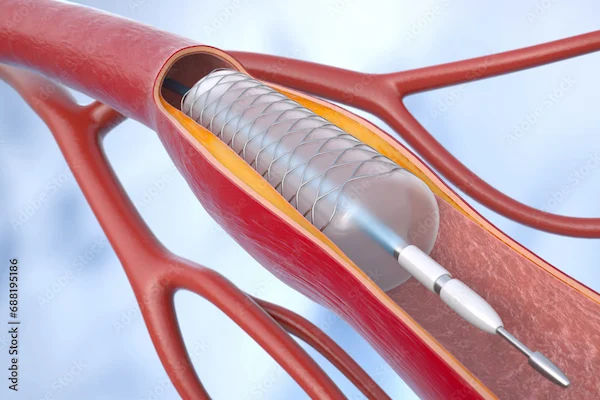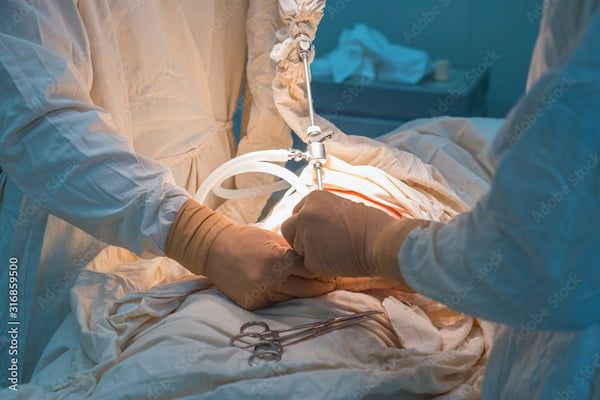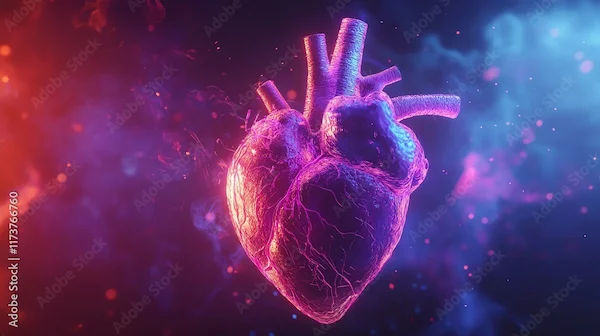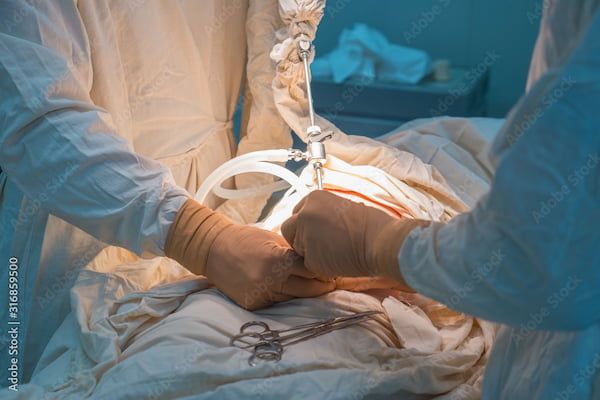After Angioplasty Side Effects
Learn about the common and long-term side effects after angioplasty. Understand what to expect during recovery and how to manage complications for a smooth healing process.

Written by
Last updated on 7th Jul, 2025
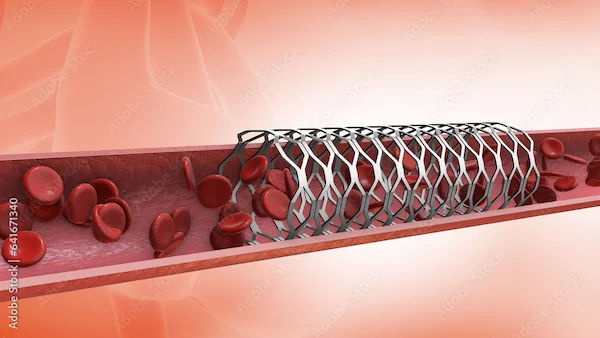
Introduction
Angioplasty is a common and life-saving procedure used to open blocked or narrowed arteries, usually in the heart. While it helps improve blood flow and reduces symptoms like chest pain (angina), it’s natural to have concerns about potential side effects after the procedure. Understanding what to expect can help you recover smoothly and take the right steps for long-term heart health.
Common Side Effects After Angioplasty
After angioplasty, some mild side effects are normal and usually temporary. These include:
1. Pain or Discomfort at the Catheter Site
The procedure involves inserting a thin tube (catheter) into an artery, usually in the groin or wrist.
You may feel soreness, bruising, or a small lump at the insertion site.
What to do: Keep the area clean, avoid heavy lifting, and follow your doctor’s advice on wound care.
2. Fatigue and Weakness
Your body needs time to recover, so feeling tired for a few days is normal.
What to do: Rest adequately, avoid strenuous activities, and gradually resume light walking as advised.
3. Minor Chest Discomfort
Some patients experience mild chest tightness or discomfort after the procedure.
What to do: If it’s mild and goes away with rest, it’s usually not a concern. However, if it worsens, seek medical help immediately.
4. Bruising or Bleeding
Small bruises or minor bleeding at the catheter site can occur.
What to do: Apply gentle pressure if there’s slight bleeding. If bleeding doesn’t stop, contact your doctor.
Consult Top Specialists for Personalised Tips
Serious but Rare Side Effects
While uncommon, some complications may require urgent medical attention:
1. Severe Chest Pain or Heart Attack Symptoms
If you experience intense chest pain, shortness of breath, or sweating, it could indicate a blood clot or re-narrowing of the artery.
What to do: Call emergency services immediately.
2. Excessive Bleeding or Swelling
If the puncture site bleeds heavily or swells significantly, it may indicate an issue.
What to do: Lie down, apply firm pressure, and seek medical help.
3. Allergic Reaction to Contrast Dye
Rarely, patients may have an allergic reaction to the dye used during the procedure, causing rash, itching, or breathing difficulties.
What to do: Inform your doctor if you have any known allergies beforehand.
How to Speed Up Recovery and Prevent Complications?
Recovery after angioplasty involves both short-term care and long-term lifestyle changes. Here’s how you can stay healthy:
1. Follow Medication Strictly
You’ll likely be prescribed blood thinners (like aspirin or clopidogrel) to prevent clots.
Take all medications as directed—never skip or stop without consulting your doctor.
2. Adopt a Heart-Healthy Diet
Eat more fruits, vegetables, whole grains, and lean proteins.
Reduce salt, sugar, and unhealthy fats (fried foods, processed snacks).
3. Stay Active (But Don’t Overexert)
Start with short walks and gradually increase activity as advised.
Avoid heavy lifting or intense exercise for a few weeks.
4. Quit Smoking and Limit Alcohol
Smoking increases the risk of artery re-blockage. Seek help to quit if needed.
Alcohol in moderation (if permitted by your doctor).
5. Manage Stress
Stress can affect heart health. Try relaxation techniques like deep breathing, yoga, or meditation.
6. Regular Follow-ups
Attend all scheduled check-ups to monitor your heart health.
When to Call Your Doctor?
Contact your healthcare provider if you notice:
Increased pain, swelling, or bleeding at the catheter site.
Fever or signs of infection (redness, pus).
Shortness of breath, dizziness, or irregular heartbeat.
Severe chest pain that doesn’t go away with rest.
Conclusion
Angioplasty is a highly effective treatment, but recovery requires patience and care. Most side effects are mild and temporary, but staying vigilant about your health is crucial. By following your doctor’s advice, taking prescribed medications, and making heart-healthy lifestyle changes, you can reduce risks and enjoy a better quality of life. If you have concerns or experience unusual symptoms after angioplasty, don’t hesitate to consult a specialist. You can easily book a consultation or schedule a follow-up test through Apollo 24|7 for expert guidance and care.
Consult Top Heart Surgeon
Consult Top Specialists for Personalised Tips

Dr. Sumanta Chatterjee
Cardiologist
12 Years • MBBS,MD General Medicine,DM Cardiology
Kolkata
HealthYou Speciality Clinic & Diagnostics., Kolkata
(25+ Patients)
Dr. Praveen Kumar
Cardiologist
25 Years • MBBS, MD (Medicine), DM (Cardiology)
Ghaziabad
Navaanya wellness, Ghaziabad

Dr. Mangesh Danej
Cardiologist
8 Years • MBBS, MD (General Medicine), DNB (Cardiology)
Pune
Dr Danej clinic, Pune
(375+ Patients)

Dr. Nataraja Setty
Cardiologist
21 Years • MBBS, MD (General Medicine), DM (Cardiology)
Bengaluru
Sapphire heart care clinic, Bengaluru
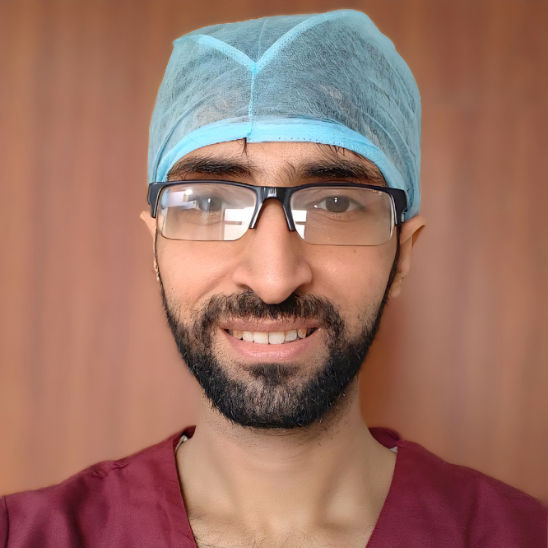
Dr. Pinaki Nath
Cardiologist
8 Years • MBBS, MD General Medicine, DM Cardiology
Barasat
Diab-Eat-Ease, Barasat
Consult Top Heart Surgeon

Dr. Sumanta Chatterjee
Cardiologist
12 Years • MBBS,MD General Medicine,DM Cardiology
Kolkata
HealthYou Speciality Clinic & Diagnostics., Kolkata
(25+ Patients)
Dr. Praveen Kumar
Cardiologist
25 Years • MBBS, MD (Medicine), DM (Cardiology)
Ghaziabad
Navaanya wellness, Ghaziabad

Dr. Mangesh Danej
Cardiologist
8 Years • MBBS, MD (General Medicine), DNB (Cardiology)
Pune
Dr Danej clinic, Pune
(375+ Patients)

Dr. Nataraja Setty
Cardiologist
21 Years • MBBS, MD (General Medicine), DM (Cardiology)
Bengaluru
Sapphire heart care clinic, Bengaluru

Dr. Pinaki Nath
Cardiologist
8 Years • MBBS, MD General Medicine, DM Cardiology
Barasat
Diab-Eat-Ease, Barasat
